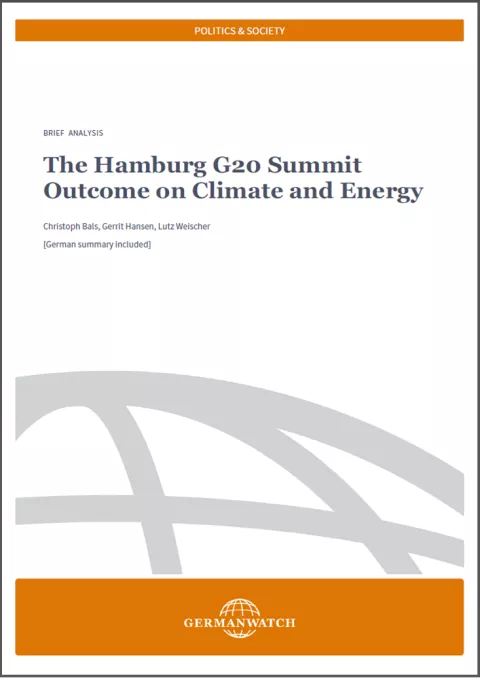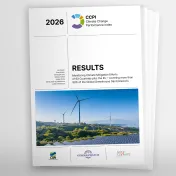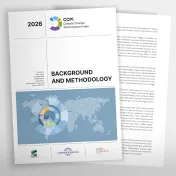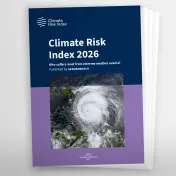
The world has passed the ‘Trump Test’ on climate. At the G20 Summit in Hamburg, all 19 partners with the exception of the new U.S. Administration stood united in their support for the Paris Agreement and its swift implementation.
This year's G20 outcome on climate – albeit negotiated in the context of the US government fighting the last battle for the global fossil industry – is the most comprehensive climate package agreed at the G20 to date. The G20 Leaders´ Declaration (communiqué) commits all G20 countries, including the United States, to a transition to low-greenhouse gas (GHG) emission energy systems, while clearly marking the differences in the approach to the global climate crisis and to the future role of fossil fuels. Noting in the consensus paper the Trump administration’s intent to withdraw from the Paris Agreement, the 19 other leaders stress in the next paragraph that the Paris Agreement is "irreversible" and agree to the annexed G20 Hamburg Climate and Energy Action Plan for Growth (CEAP). This G19 consensus is not affected by President Erdogan’s announcement shortly after the G20 summit that Turkey will not ratify the Paris Agreement due to the pending decision on its status within the UNFCCC. Turkey’s wish to be granted “developing country” status is not without reason and has been part of the UN climate negotiations for many years. It should not be mistaken for a rejection of the Paris Agreement, let alone a withdrawal.
The communiqué contains a sentence in the paragraph on the US stance on climate stating that the US will endeavour to support other countries in "the access and use of fossil fuels more cleanly and efficiently". Here, it is important to stress that this statement is only relevant for the US, and not part of the consensus. Its reach and impact is also limited by a joint G20 communiqué language, such as the G20 commitment to the energy transition and to the sustainable development goals (SDGs) of the UN-Agenda 2030. The G19 have only accepted this problematic sentence by the US because the US had – by way of in SDG 7 – agreed to both a substantial increase of renewable energy and a doubling of the rate of energy efficiency gains by 2030.
Jointly developed and accepted by the 19 partners, the CEAP identifies issues that need to be addressed for the implementation of the Paris Agreement and provides a list of G20 action items for future cooperation. In addition, important results were achieved under the finance track – both within the Green Finance Study Group and the FSB Task Force on Climate related Financial Risk Disclosure – that will help reorient private capital flows and business strategies towards a new sustainable direction in line with the Paris objectives.
Key outcomes of the Climate and Energy Action Plan include:
- the commitment to the global energy transition by 2050, in line with the Paris Agreement. Implicitly, this means that the energy transition will have to lead to net zero GHG emissions in the energy sector until then,
- the emphasis on developing long-term, low greenhouse gas development strategies (LTS) and a recognition that they should be submitted by 2020,
- the recognition of the important role of LTS in guiding national planning and policy making, mainstreaming climate action, and incentivising investment flows and technological innovation,
- the pledge to move forward to implement current and future nationally determined con-tributions (NDCs) – and to cooperate regarding the NDCs of poorer countries – in line with the Paris Agreement, implicitly acknowledging the need to ratchet up ambition,
- the pledge to create an enabling environment that is conducive to making public and private investments consistent with the goals of the Paris Agreement, with an explicit action item on the recommendations of the Green Finance Study Group and Task Force on Climate-Related Financial Disclosure,
- the creation of a ”Global Partnership for Climate and Disaster Risk Finance and Insurance Solutions” that addresses the protection gap for poor and vulnerable populations faced with disaster risk and impacts from climate change.





